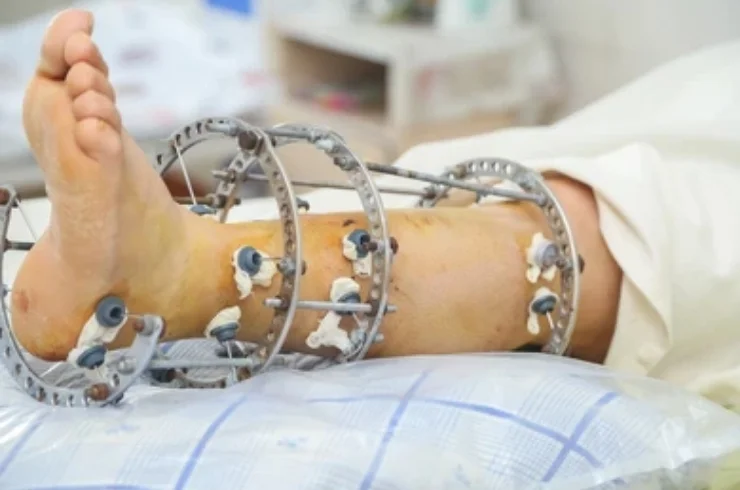Revolutionizing Recovery: The Ilizarov Operation
The Ilizarov operation, developed by Russian orthopedic surgeon Gavriil Ilizarov in the 1950s, is a specialized surgical technique primarily used for treating complex bone fractures, limb lengthening, and correcting deformities. This innovative method employs an external fixation device that consists of circular rings attached by rods and wires. The technique allows for the gradual distraction of bone segments, promoting controlled healing through a process known as distraction osteogenesis.
By creating a gap in the bone and slowly separating the ends, new bone tissue forms to bridge the space. The Ilizarov operation has transformed orthopedic treatment, providing effective solutions for conditions such as non-union fractures and limb discrepancies.
